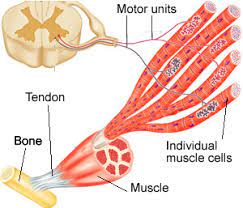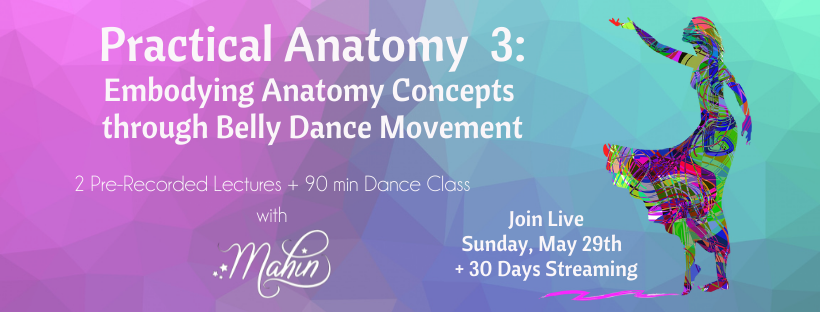The Science Behind Learning Shimmies

Learning how to shimmy is a huge challenge for many new belly dance students. Even if they come to Middle Eastern dance with several years of other dance training, most likely none of it prepared them for that small, repetitive movement that is so integral to belly dance styles. When they sigh “HOW do you do that so fast?”, we usually tell them “Practice, LOTS of practice!”. It’s true, practice makes perfect – or at least a lot better – but what exactly is happening in our bodies in that early shimmy learning stage?
The Engine That Stalls
Remember back to your early days, instructors! New students, yes, we’ve all been where you are. You get your shimmy going and a few seconds later your knees mysteriously stop by no will of your conscious brain, You pause, then you start it back up again like an old car that stalled at a stop light. What is happening and how do you “fix” it?
Getting Under The Hood
There are a few components to learning a new movement pattern. First, you brain needs to understand what you mean to do. Second, your brain needs to get your body to cooperate – at first in a slow and rudimentary way. In class, I ask my students if “their heads have it” meaning, they understand the movement. After all, your body doesn’t stand much of a chance if your brain doesn’t get it first. From that understanding, the body will learn it with enough perseverance. Princess Farhana cracked me up in a workshop once expressing the same idea. She said “your brain is writing checks your hips can’t cash” – so true!
Now that your brain understands and your body can carry out the motion at a moderate speed for a short amount of time, how do we get that to grow into a sustained, smooth shimmy? This is where the body works the behind the scenes magic of neural adaptation.
Learn more about your dancing body in…

Bring In The Wiring Crew
Whether it’s a shimmy or strength training, much of the early progress we see with practice is due to neural adaptation rather than actual changes in the strength or size of our muscles. For an Egyptian knee shimmy, the quadriceps and hamstrings are the primary muscle groups we are talking about. Each of these large groups in made up of several smaller muscles and each of these has bundles of muscle fibers that work together. Each of these bundles is controlled by one nerve and that work group of muscle fibers and it’s nerve is called a motor unit. Check out the picture at the top of this post for an illustration of a motor unit.
When the neural adaptation process starts, the brain and motor units improve the speed and efficiency of their communication. We experience this as our body “cooperating” with us. On a larger scale, the motor units learn to work together in a more synchronized way. Just like a rowing crew that has all its members in perfect timing to achieve maximum speed, your muscles work best when all the motor units needed contract in unison. As the movement pattern become more familiar to our brain, our bodies also begin to recruit more motor units to do the same movement which really adds more shimmy-power. We experience this golden moment as the “smooth, sustained shimmy”.
So is your instructor conning you when she says “Practice, LOTS of practice!”? No, absolutely not. Neural adaptation is the outcome of all that practice. It doesn’t happen from thinking about your shimmy, or wishing your shimmy would get better. The more often you practice the more positively your neural network will adapt to comply with your dreams of amazing shimmies for hours on end.
“Often” is the important key word here. Shorter daily shimmy practice will get the beginner better neural adaptation results that wrestling with it for an hour once a week. All of these things are also true for experienced dancers who are working to master a new and different shimmy than the one they’ve been doing for years.
So whether it’s your first shimmy or learning shimmy style #10, give yourself 5 minutes every day to let your body work that neural adaptation magic! Remember… “Practice, LOTS of practice!”


